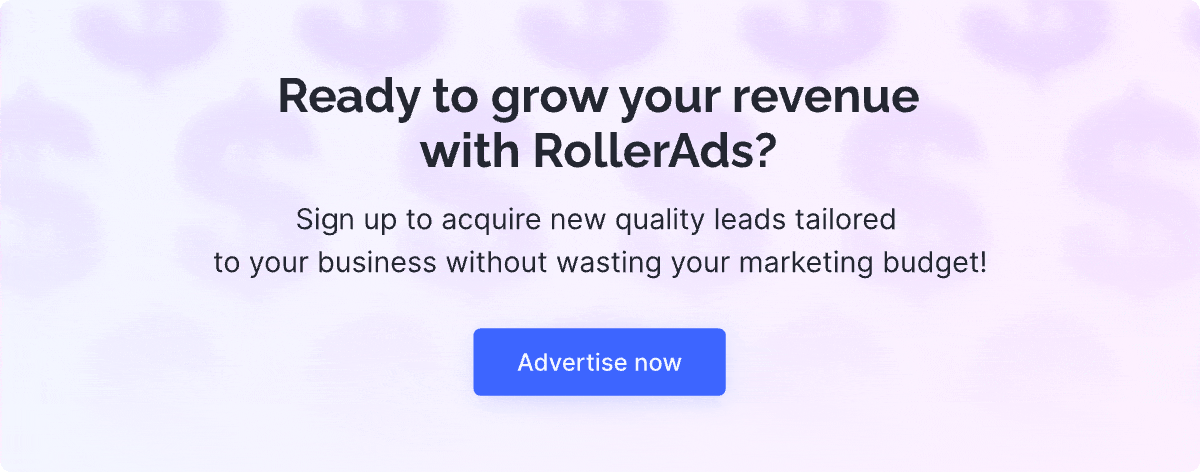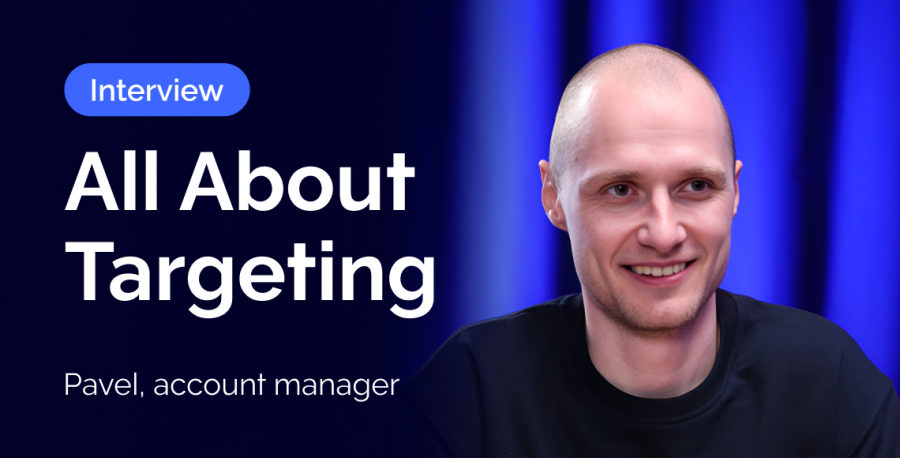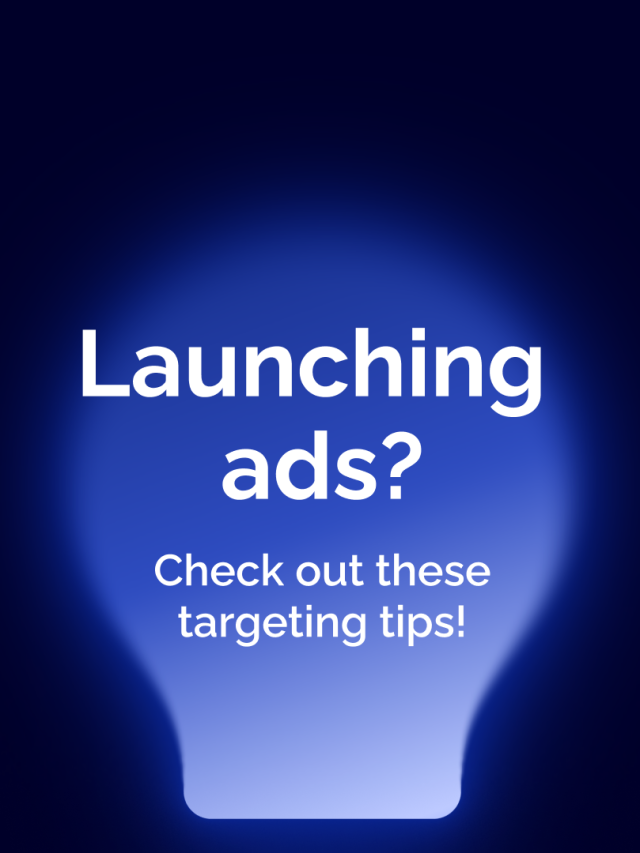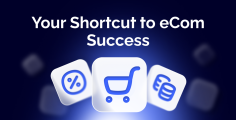When it comes to ad campaign performance, targeting can be a key factor. Yet, many advertisers struggle to strike the right balance between broad reach and precision. To help clear things up, we sat down with Pavel, one of RollerAds’ experienced account managers.
In this interview, Pavel shares real-world advice on everything from choosing the right filters to avoiding common mistakes. Whether you’re just starting out or looking to scale, his tips can save you time, budget, and frustration. Let’s dive in.
Q: Hi Pavel! Before we start, please tell us a bit about the day-to-day of an account manager.
Pavel: Hi, sure. Account managers help advertisers set up and optimize their campaigns and make sure everything is aligned with their goals. During the day, I look over the stats and make suggestions to improve performance and volume where possible. I’m always happy to share my knowledge of what’s really working so that our clients can make more profit while saving time.

Q: Sounds great. Let’s dive right in. What’s the most common mistake advertisers make when setting up targeting?
Pavel: Well, It’s either targeting too broadly or too narrowly. For example, you can apply every possible filter, but the traffic volume is so low that your campaigns simply won’t gather enough of it. This is usually the case when newer advertisers ask for the “top converting source” but are unwilling to set the right bid, which results in very low volume. Top sources are not cheap, and this is one of those cases where less is definitely not more.
Another common mistake is to omit the targeting altogether, selecting only the country, for example, which often leads to the daily budget being spent within minutes. Not only does it lead to budget waste, but it actually prevents advertisers from analyzing the data they got from the test.
Q: So, where is it better to start then? Are there any recommendations?
Pavel: First and foremost, study your offer. Nowadays, affiliate platforms have all the target requirements listed on the offer page, so it’s hard to miss. You never really want to drive mobile traffic to a desktop offer.
Q: I see, but what are those four targeting filters? Which ones would you say are the must-haves?
Pavel: These are the ones that are almost always specified in your offer. They include GEO, device, OS, and language. Everything besides that depends on the specific case.
Q: Sure. Are there any basic recommendations on when and how to use other filters? Time limitation, for example. It always sounds tricky.
Pavel: If it’s not in the offer, it’s better to remove the time limits and add them after the test when you see at what time the audience reacts best. Then, you can start tweaking time limits according to the audience’s behavior.
Q: Makes sense. Another thing that confuses me is subscription age in push campaigns—what does that actually mean? And what subscription age is it better to choose?
Pavel: There’s a common misconception about subscription age. Many think that it applies to the age of the users. In reality, it refers to how long a user has been subscribed to your push notifications. The default range is usually between 0 and 60 days.
When you start a push campaign test, for example, it’s better to choose the subscription age from 0 to 3 days—it’s the most fresh and active traffic. After the test, when you already see that this traffic works, you start scaling your campaign and add other age groups.
But remember that the longer the user is subscribed to push notifications, the more ads they have already seen, which may result in a lower conversion rate. That’s why we recommend creating separate campaigns for older age groups with lower bids.
Q: That’s interesting. So, changing the subscription age means changing the bid, which means you need to launch a new campaign. Since we’ve started talking about bidding, is there a particular strategy you recommend sticking to?
Pavel: Yes, for a test launch, we usually recommend starting with Smart bidding. That way, instead of paying a fixed rate across the board, you pay the average rate for each source. When the test phase is over, you can see what bids work best for you and apply fixed custom rates for individual sources.
Q: What do you mean by custom rates?
Pavel: In campaign editing, you can always set the specific CPC / CPM for as many sources as you like. Some sources are more competitive than others, and by applying custom bidding, you can manipulate volumes and ROI.
Q: Got it. And how much should you set aside for testing? Is there a general rule of thumb?
Pavel: Yes, there’s an unspoken rule: spend the equivalent of two conversions per zone, and about ten conversions per feed.
Q: I see, thanks. Do you know what else sends my blood pressure through the roof? It’s browser targeting. Any recommendations on how to deal with that filter? I feel like it’s not as straightforward as it seems.
Pavel: You’re right. The key thing with browsers is to create a separate campaign for each browser, especially if you deal with desktop. Bids can vary a lot depending on the browser, so splitting them helps you manage performance more effectively.
Also, pay attention to the browser language. This way, you can protect your campaign from irrelevant traffic, for example, people who appear to live in the target country but actually don’t or English and French-speaking audiences in Canada. The main takeaway is that you always want to make sure that you are targeting the right audience.
Q: That makes sense. I guess the same applies to proxy traffic. When should we use that filter?
Pavel: About 80% of offers don’t allow proxy traffic, so I’d recommend turning it off when you’re just starting out. However, in some cases, proxy traffic is allowed—so make sure you apply what’s specified in your offer.
Q: Right! Another thing that puzzles me is IP targeting. When should we use it?
Pavel: IP targeting is mainly used in offers that target specific mobile operators. These offers usually come with a list of IP addresses (different for each mobile operator), so only in this case do you need to add them to your campaign settings. To make life easier, we also offer mobile operator targeting as well as a list of most common operators in our campaign setup.
Q: I see now. It’s actually pretty simple in the end. What about hourly budget distribution? It seems like a useful filter for testing.
Pavel: You’re right. It helps you get balanced traffic every hour at the best possible price. Instead of spending your entire daily budget within a few hours, you spread it out and let it run during the whole day, allowing you to test what time works best.
Q: Another filter that might interest our users is traffic presets. And it’s my favorite, to be honest. Can you tell us what they are and how to determine which one to choose?
Pavel: Sure. In a nutshell, presets are ready-made whitelists for specific verticals and GEOs, and they vary depending on the ad format. The names usually indicate which country and vertical they’re meant for. We highly recommend using traffic presets—our experts handpick them to simplify your work. If you don’t understand which traffic preset to use for your campaign, you can always drop a question to our support team.
But it’s best to apply any whitelists or blacklists a day or two after your campaign goes live when you start optimizing its performance. And again, if your budget is tight, don’t overlook the manager’s help or get in touch with support so as not to send your money down the drain.
Q: Thanks, Pavel! Let’s wrap it up with your top recommendations for targeting.
Pavel: Alright! Broad targeting is better than narrow when you’re in the testing phase. What I usually recommend is running two active campaigns at the same time.
The first one should have wider targeting and an evolving blacklist of what doesn’t perform. The goal here is to constantly discover new sources that show potential.
Then, you have a second campaign that focuses on what’s already working. You bid higher on those high-performing sources to maximize results. And you continue updating this campaign using insights from the first one .
Also, use traffic presets and hourly budget distribution. If you have enough data on browser performance, create a separate campaign for each browser. If it’s a push campaign, start with the most active audience, those with 0-3 day subscription age. Don’t forget to use mobile operator or IP address targeting if needed.
And remember that there’s no one-size-fits-all solution. That’s why it’s a good idea to keep in touch with your manager or the support team.
Q: Thank you for this insightful talk.
Pavel: Thanks for having me.
Our blog is packed with valuable resources on campaign creation, optimization, and everything in between. If you’re looking for answers, it’s a great place to start. And if you don’t find what you need, you know what to do—reach out to our support team via the in-platform chat, and they’ll be happy to assist you every step of the way.







